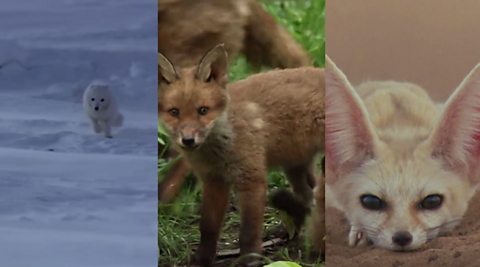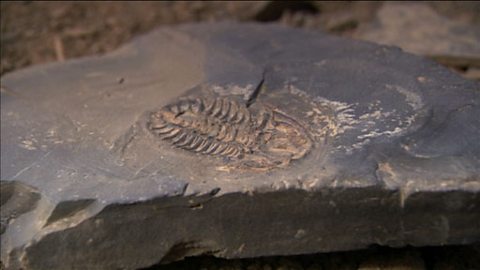1. Welcome to the Lost World
From T. rex to the triceratops, dinosaurs continue to excite and inspire us. You’ve probably seen at least one film about screechy velociraptors and leaf-guzzling mastodons. Perhaps you’ve dreamt of walking with them yourself.
Look closely, though, and you’ll find there are many species of frog and amphibian here on Earth that are as captivating as any dinosaur. They’re lethal predators, and the source of powerful medicines. These creatures often burn with colour, but see only in black and white. Highly adaptable, they’re sensitive to the slightest changes around them.
Frogs are old enough to have hopped with the dinosaurs. But amphibian numbers are now dropping at an ever-increasing rate. In fact, some experts think that the majority of them could be gone before you are.
2. Frogs and other amphibians
From the Amazonian rainforest to your local park, you’ll find frogs and other amphibians everywhere. Across the world, there are 7,000 species of frogs, toads, salamanders and caecilians. Each species has evolved differently.
Amphibians have their own distinctive looks, survival skills and personalities. Some are bright golden killers, with enough venom to wipe out 20 people. Others are more laid back. The Mexican axolotl, for example, never grows up. It stays in the water and doesn’t develop lungs.
3. Changes for the better, changes for the worse
Amphibians are creatures of change by nature. The vast majority undergo radical transformations during their life cycles. Frogs alter in size and shape as they grow from tadpoles. Click/tap on the hand below and see for yourself what happens.
Amphibians are semi-aquatic. Their permeable skin must be kept moist at all times. So they are very susceptible to drying out. As a result, for the most specially adapted species, even small changes in their habitats or local climate can prove fatal. (Footage courtesy of Prof Alex Schreiber.)
4. Where have all the frogs gone?
Frogs are dying out all over the world. Some local species have been lost already. Others are seeing their populations plummet. In many places, the rate of decline is speeding up every year.
Scientists know how important frogs are to our planet. Large resources are being invested in conservation, breeding and reintroduction to help save them. However, getting the general public fired up about frogs isn't easy. Frogs don’t have the same instant appeal of some other species that are at risk. Often you'll spot media stories about threats to pandas and elephants. It’s hard to compete for coverage if you’re small, slimy and make strange noises. Fortunately, there are conservation groups that champion frogs. They include EDGE and the Ugly Animals Appreciation Society.
5. How to mix a lethal frog cocktail
You can’t pinpoint one reason for the drop in frog numbers. Instead, Earth's amphibians are faced with a lethal cocktail of dangers. You can explore these dangers below.
Disease is one ingredient in the mix. You can trace many others back to humans. There’s pollution, habitat destruction and climate change for starters. Frogs are also harvested for food, and traded as pets in large numbers. Together, these threats could be enough to consign frogs to the history books.
6. Amphibian decline in numbers
Learn more about this topic:
Life Lessons. collection
These short films offer an introduction to key concepts in biology, focusing on the seven important lessons from the natural world.

How did complex life begin? document
Professor Brian Cox visits the Burgess Shale fossil field in the Canadian Rockies, to see evidence of an explosion in life on Earth during the Cambrian period 540 million years ago.

Blue Planet Live. collection
We teamed up with Blue Planet Live to create short films that explore the health of our oceans and the damaging effects of single-use plastics.
